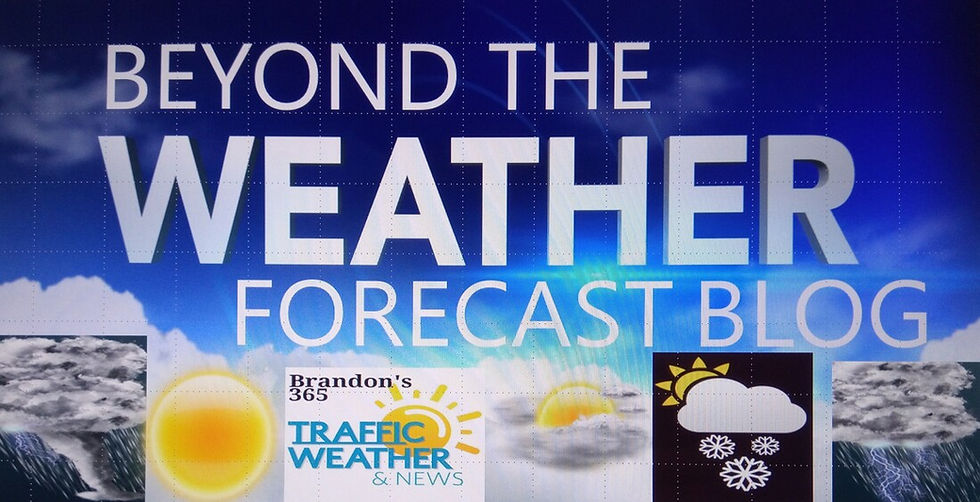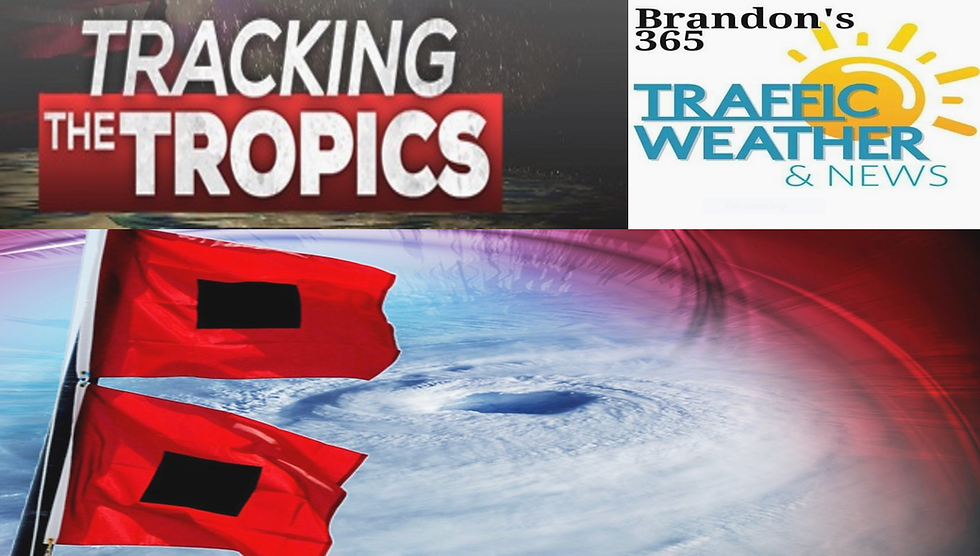Beyond The Forecast: All About different types of Fog
- Brandon Shipp

- Nov 10, 2020
- 3 min read
RADIATION FOG: Radiation fog is a very common type of fog throughout the United States. It is most prevalent during the fall and winter. It forms overnight as the air near the ground cools and stabilizes. When this cooling causes the air to reach saturation, fog will form. Fog will first form at or near the surface, thickening as the air continues to cool. The layer of fog will also deepen overnight as the air above the initial fog layer also cools. As this air cools, the fog will extend upward. The most favored areas for fog development are sheltered valleys where there is little to no wind and locations near bodies of water. Wind would disrupt the formation of radiation fog. Radiation fog is usually patchy, tends to stay in one place and goes away the next day under the sun’s rays. Thicker instances of radiation fog tend to form in valleys or over calm bodies of water.
FOG OVER WATER: Fog that forms over water is commonly referred to as sea fog or lake fog. It forms when warm, moist air flows over relatively colder waters. Sea or lake fog can occur over the Atlantic and Pacific Oceans, the Gulf of Mexico, the Great Lakes and other bodies of water. Fog is common along the U.S. Pacific coastline year round because the water is typically much colder than the nearby land. Sea fog is a type of advection fog, and therefore can move into land areas and result in hazards to motorists. Sometimes radiation fog that forms over land can move over bays, harbors, inlets, the intra-coastal and nearby ocean waters. While this is not pure sea fog, it can also be a concern for mariners. The National Weather Service issues Dense Fog Advisories when fog over water reduces visibility to 1 mile or less.
MOUNTAIN/VALLEY FOG: There are two ingredients that add to the formation of fog in areas of variable terrain. First, overnight, the ground cools as the heat that was gathered from the sun’s rays during the day is released back into the air near the ground level. The denser, cooler air on mountain-tops sinks into valleys, and collects there. Second, over the course of the night, the valley begins to fill from the bottom with cold layers of air. This phenomenon is known as “cold air drainage.” This cooler air lowers the surrounding air temperatures closer to the dew point and subsequently saturation. If there is sufficient moisture in the air, fog will begin to form in these valleys as the night progresses. This type of fog is most commonly observed in the autumn and spring months, and is densest around sunrise when surface temperatures are often lowest.
FREEZING FOG: Tiny, supercooled liquid water droplets in fog can freeze instantly on exposed surfaces when surface temperatures are at or below freezing. Some surfaces that these droplets may freeze on include tree branches, stairs and rails, sidewalks, roads and vehicles. Extreme caution should be taken if travel is necessary. Freezing fog can cause black ice to form on roadways. Black ice is difficult to see and so particularly dangerous. Drive more slowly when you suspect icy conditions. For those flying, a thin layer of ice can form on aircraft, making flight very dangerous unless the aircraft is treated or has effective de-icing equipment.
ADVECTION FOG: Advection fog forms as warmer, moist air moves over a cold ground. The air is cooled to saturation by the cold from the ground below cooling the air above. Advection fog can form under cloudy skies and with moderate to strong winds. Initial stability is relatively unimportant since low level cooling makes the air stable near the ground, allowing the fog to form. Once formed, it may move across the landscape, pushed by low level winds. Advection fog can last for several days and is most common in the U.S. on the West Coast.






Comments